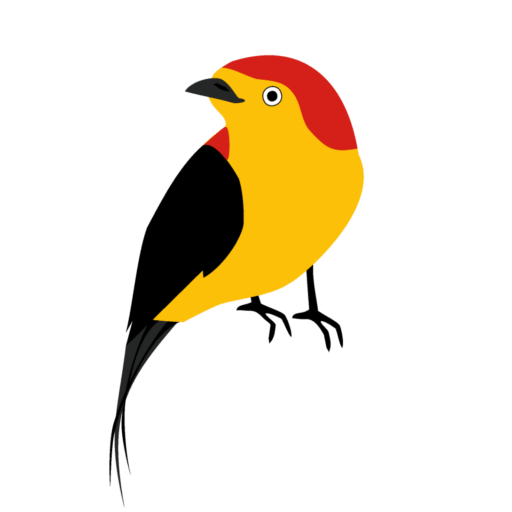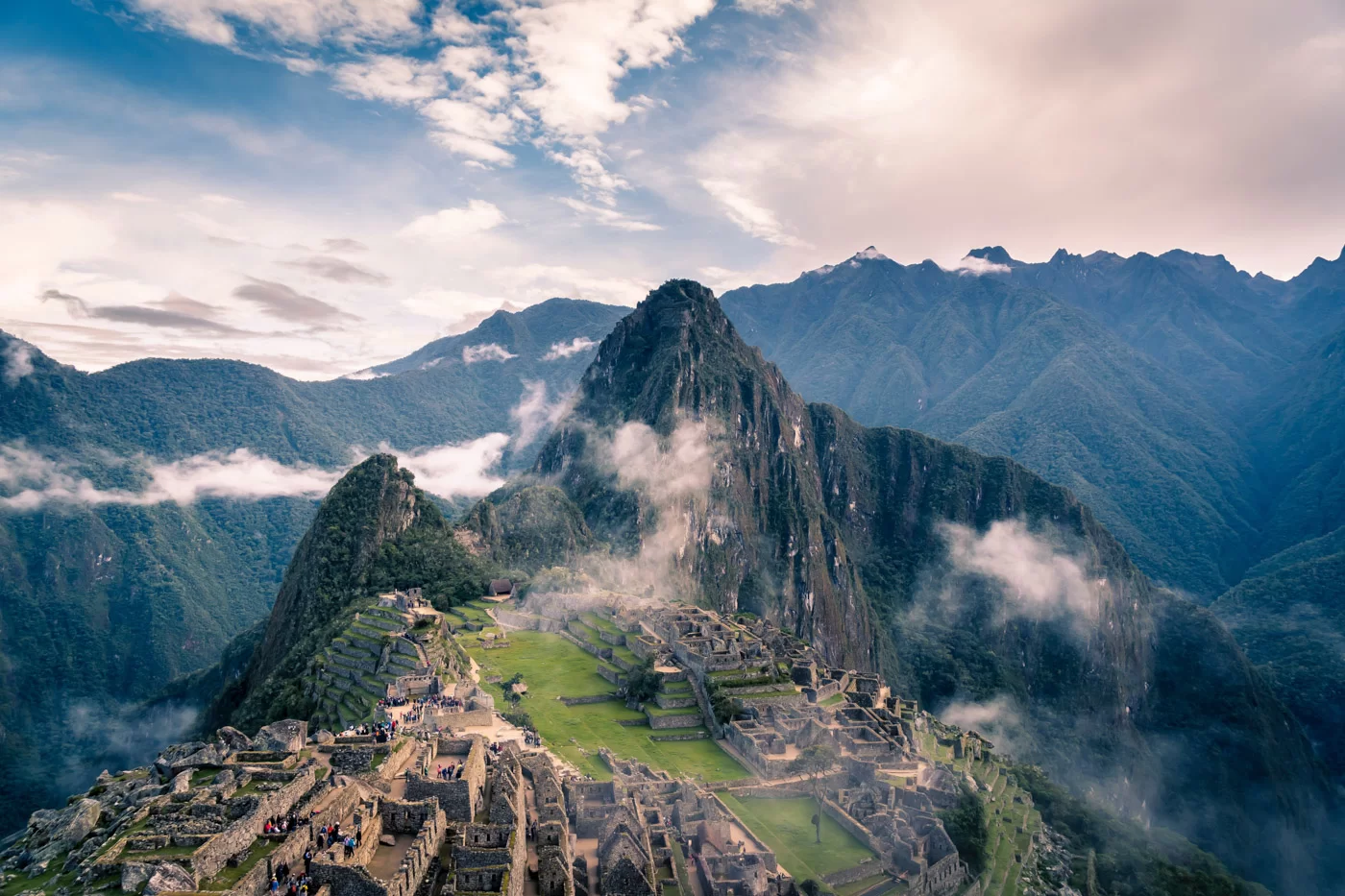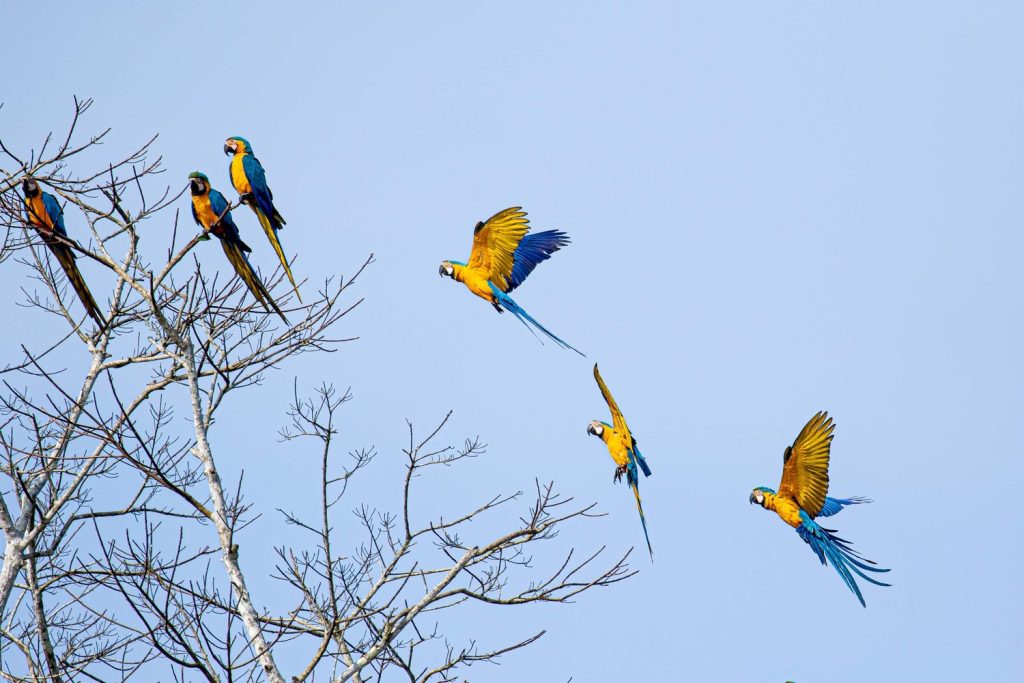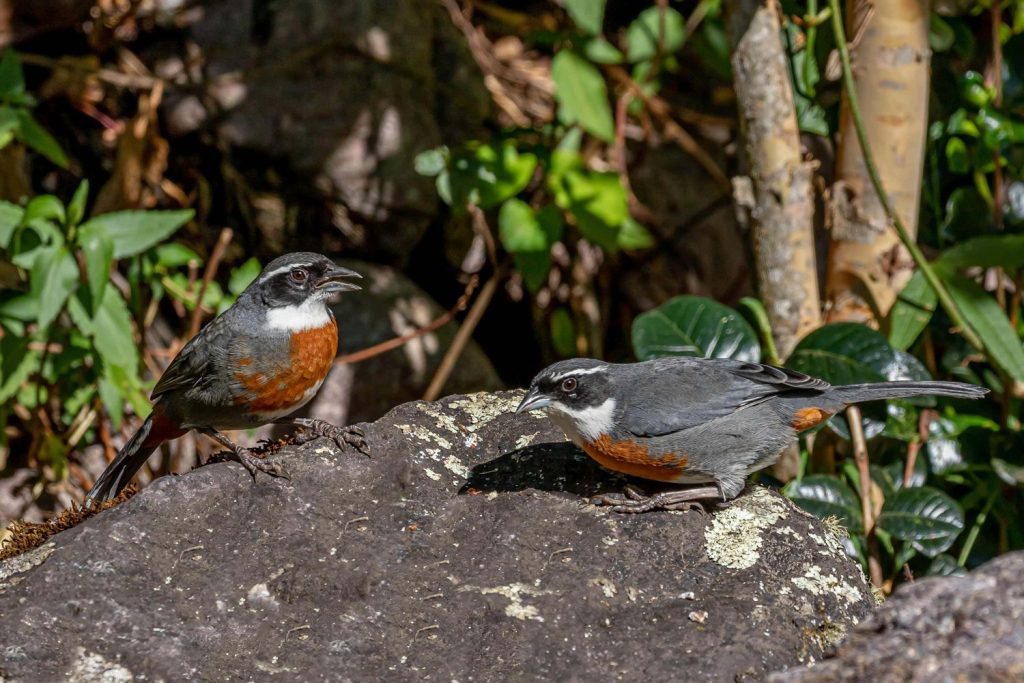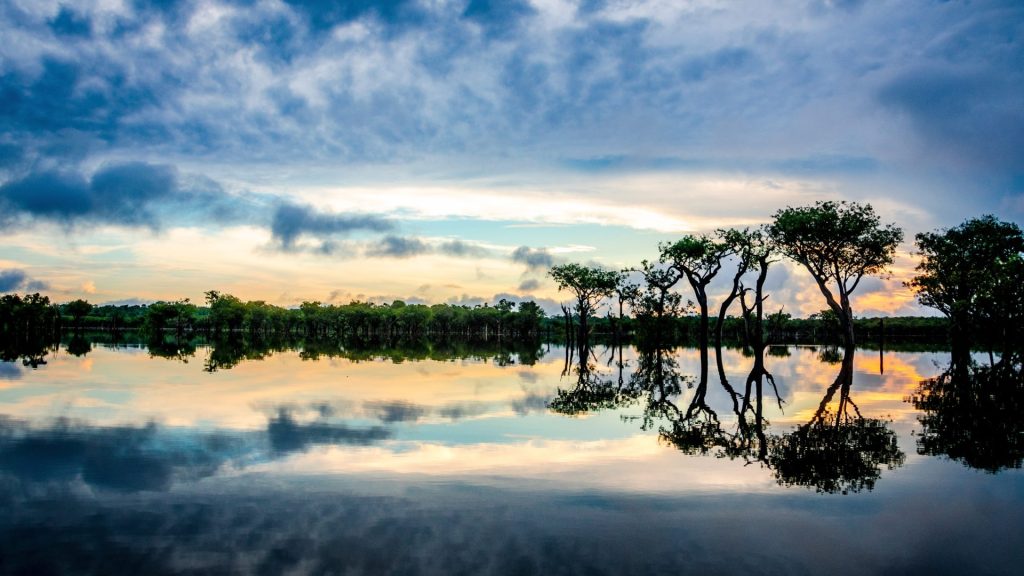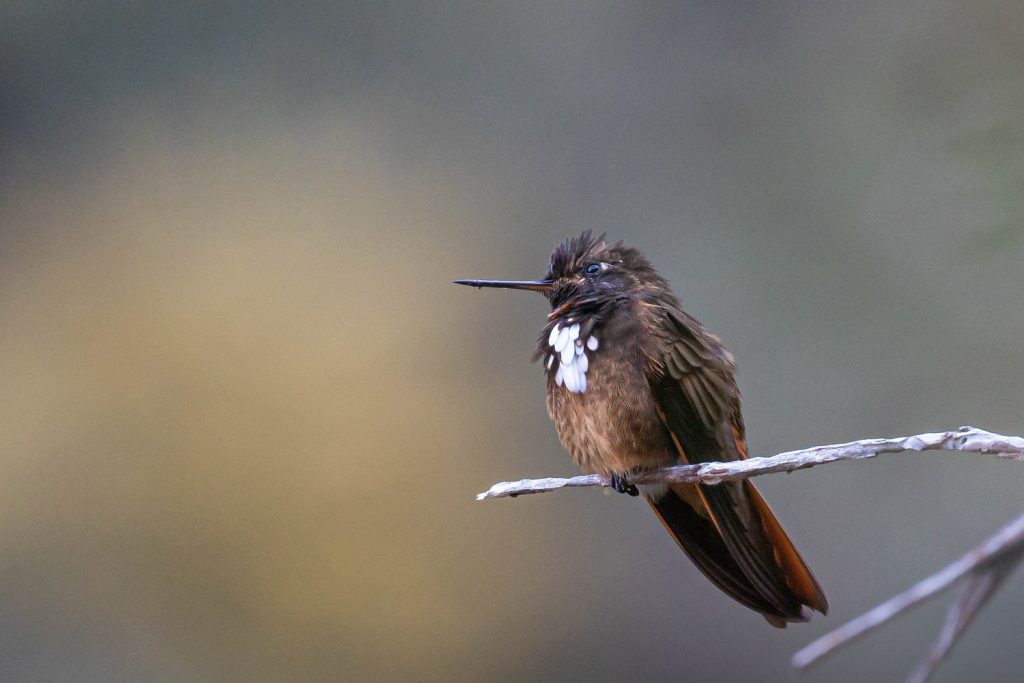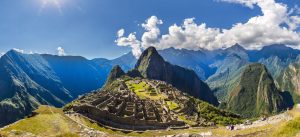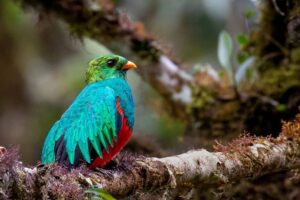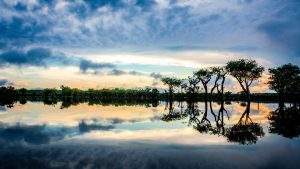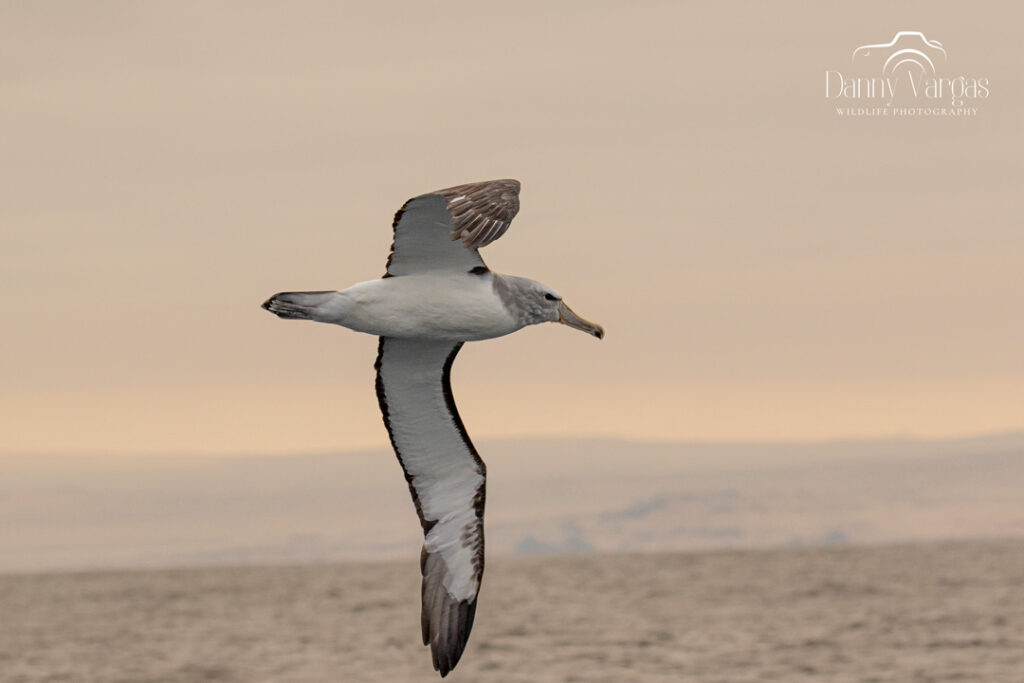Understanding Peru’s Safety Landscape
Peru is a land of breathtaking landscapes, ancient civilizations, and a vibrant cultural tapestry, offers a journey of a lifetime for travelers seeking adventure and exploration. From the awe-inspiring Machu Picchu to the colorful markets of Cusco and the lush biodiversity of the Amazon Rainforest, Peru’s allure is undeniable. As a popular tourist destination, it beckons travelers from all corners of the globe but… Is it safe to travel to Peru?
In this blog series, we will delve into various aspects of safety in Peru, including crime rates, health concerns, transportation safety, and cultural sensitivity. By the end of this series, you will have a comprehensive understanding of the safety factors to consider while planning your trip to this South American gem. Whether you’re a solo traveler, a group adventurer, or a family on vacation, the information provided here will help you make informed decisions to ensure a safe and enjoyable experience in Peru.
Introduction
Peru’s popularity as a tourist destination has led to well-established tourism infrastructure and a strong commitment to visitor safety. With a welcoming atmosphere and friendly locals, many travelers feel right at home. However, like any foreign country, it’s crucial to strike the right balance between embracing adventure and ensuring your safety when traveling to Peru. By considering specific tips and precautions, you can unlock the full potential of your Peruvian journey, immersing yourself in its captivating culture, landscapes, and heritage while staying well-protected throughout your travels. While the country is generally safe for tourists, it’s essential to be well-prepared and aware of certain tips to ensure your safety and maximize your enjoyment throughout your Peruvian adventure.
So, let’s begin our exploration of Peru’s safety landscape and equip ourselves with the knowledge needed to make your travel experience as secure as possible.
Crime and Safety: What to Know Before You Go
When planning a trip to any foreign destination, one of the primary concerns for travelers is safety. Peru, a country known for its stunning landscapes, rich history, and vibrant culture, is no exception. To make an informed decision about whether it’s safe to travel to Peru, it’s essential to understand the safety landscape of the country.
One of the most critical aspects of ensuring if it´s safe to travel to Peru is understanding the crime and safety situation in the country. While Peru is undoubtedly a beautiful and culturally rich destination, like many other places around the world, it’s not without its challenges when it comes to safety and security.
Crime in Peru, like in any other country, varies from one region to another. Major cities, such as Lima, experience higher crime rates, including petty theft and scams, which are common in popular tourist areas. However, it’s important to note that violent crime against tourists is relatively rare.
To stay safe and have a worry-free experience, it’s crucial to be informed and take some precautions.
key points to consider:
- Research Your Destination: Before you go, research the safety situation in the specific regions of Peru you plan to visit. Understand the neighborhoods and areas that might be riskier and take appropriate precautions. If birding is your main purpose you will find this article interesting for deciding your destination
- Stay Informed: Keep an eye on travel advisories from your government and local authorities. These advisories can provide valuable information about current safety conditions.
- Avoid Flashy Displays: Don’t draw attention to yourself with expensive jewelry, electronics, or clothing. Leave valuables at your accommodation when not needed. Birding gear such as Binoculars and Scopes are not particularly attractive to theaves (it´s hard to tell the difference between a top end Swarowski and a kid toy). Consider electronics as the most wanted items to take care of.
- Use Reputable Tour Agencies and Transportation: Choose registered and reliable trip and transportation options, especially when arriving at airports or bus terminals. Ask local tour operatiors if they can arrange the transportation for the whole trip, they may even offer give you a free transfer in and out if you are travelling with them.
- Beware of Scams: Be cautious of common scams, such as fake tour operators, unofficial taxis, and street vendors. Always use established and reputable services.
- Keep Your Belongings Secure: Use anti-theft bags, pouches, or hidden pockets to safeguard your money, passport, and other important documents.
- Be Street Smart: Trust your instincts and be aware of your surroundings. Avoid poorly lit or deserted areas at night. Consider asking a map in your hotel and ask always ask the recomended places to go and the areas you should avoid, they will be happy to mark them on the map.
While it’s essential to be aware of potential risks, it’s equally important not to let safety concerns deter you from exploring this incredible country. With the right knowledge and precautions, you can have a fantastic and secure journey through Peru. In the next sections of this blog series, we’ll dive deeper into specific safety tips and recommendations for a worry-free adventure in Peru.
Travel Advisory Updates for Peru
Keeping abreast of the latest travel advisories for Peru is an indispensable part of planning and deciding if it´s safe to travel to Peru and make an enjoyable journey. Travel advisories are issued by governmental authorities to inform citizens about the safety conditions in foreign countries and to provide recommendations for travelers. These advisories are updated regularly, and it’s crucial to stay informed about any changes that might affect your trip.
Before embarking on your adventure to Peru, here are a few key points to consider regarding travel advisories:
- Government Sources: Check your government’s official travel advisory website or contact your embassy or consulate in Peru for the most up-to-date information. These sources provide valuable insights into the current safety situation and any potential risks.
- Local Updates: Additionally, stay informed about local news and updates from Peruvian authorities. Local sources can provide context and real-time information on safety concerns.
- COVID-19 Considerations: Given the ongoing global pandemic, be sure to check for any COVID-19-related advisories and entry requirements (At the moments there is no particular requirements such as vaccination or testing mandates).
- Register with Authorities: Some governments offer traveler registration programs. Consider registering your travel plans with your government so that they can contact you in case of emergencies.
Emergency Contact Information:
Make a note of emergency contact information for your embassy or consulate in Peru. It’s also a good idea to have local emergency numbers and contacts at hand.
- Policia Nacional del Peru: Dial 105 or contact them by Whats App 964 605 570 and 942 479 506.
- Volunteer Fire department Dial 116
- Free Emergency System: Dial 106
- Red Cross: Dial 115
- Natural Disasters: Dial 119 + 1
Travel advisories are essential tools for travelers to make informed decisions about their trips. Keep in mind that advisory levels can change due to various factors, so it’s a good practice to check for updates periodically as your travel dates approach and while you are in Peru. By staying informed and heeding the advice provided, you can help ensure a safer and more enjoyable travel experience in Peru.
Tips for a safe travel to Peru
As you plan your journey to Peru, it’s essential to equip yourself with practical travel tips that can help you navigate this diverse and captivating country with safety in mind. Peru offers a multitude of unique experiences, from exploring ancient ruins to trekking in the Andes and savoring delicious local cuisine. To make the most of your adventure while staying safe, consider the following travel tips:
- Stay Informed: Keep abreast of the latest news and travel advisories, and research the safety conditions in the specific regions you plan to visit.
- Travel Insurance: Invest in comprehensive travel insurance that covers medical emergencies, trip cancellations, and unexpected events. Make sure you understand the policy’s coverage. Note that most of the Tour Agencies do not include Insurance but they may provide you help for paper work and documentation if requested.
- Vaccinations and Health: There is no requested vaccination for entering but always consult your healthcare provider well in advance to ensure you have the necessary vaccinations. See more here.
- We recomend:
- chickenpox
- hepapitis A
- hepapitis B
- Yellow Fever
- We recomend:
- Medications and First-Aid Kit: Carry any prescription medications you need, along with a basic first-aid kit that includes essentials like pain relievers, antiseptics, and bandages. See more here.
- Altitude Preparation: If you’re traveling to high-altitude regions like Cusco or Machu Picchu, acclimatize gradually and stay hydrated to minimize the risk of altitude sickness. We highly recomend to read this article for Safety during your birding Trip in Peru here.
- Safe Transportation: Use registered and reputable transportation options, whether you’re taking a taxi, bus, or domestic flight. Insist on seatbelts in vehicles.
- Accommodation Selection: Choose accommodations with positive reviews and a good safety track record. Safeguard your belongings by using room safes or hotel security services.
- Local Currency and Money Handling: Familiarize yourself with the local currency and be cautious when using ATMs. Opt for exchanging currency at reliable banks or exchange offices. See more details about the peruvian currency here.
- Language Skills: Peru is a very diverse country with more than 50 languages thoughout it´s territory. For your birding purpose, learning some basic Spanish phrases or carry a phrasebook to help with communication would be enough, especially in more remote areas where English may not be widely spoken.
- Emergency Contacts: Keep a list of emergency contacts handy, including the local authorities, your embassy or consulate, and your travel insurance provider.
- Photocopies of Documents: Make copies of your passport, visa, travel insurance, and other important documents. Keep the originals in a secure place and carry the copies separately.
By incorporating these travel tips into your plans, you can help ensure a safer and more enjoyable journey in Peru. While there may be safety considerations, being prepared and aware of potential risks will enable you to explore this remarkable country with confidence.
Health and Safety Precautions for Traveling in Peru
Maintaining good health while traveling in Peru is crucial for a safe and enjoyable journey. This beautiful country offers a wide range of experiences, from exploring ancient ruins to savoring exotic cuisine, but it’s essential to take health and safety precautions into consideration. Here are some key tips to help you stay healthy during your travels in Peru:
- Altitude Sickness: If you’re planning to visit high-altitude areas like Cusco and Machu Picchu, acclimatize gradually by spending a day or two at lower altitudes before ascending. Drink plenty of water, avoid alcohol, and consider medication if necessary.
- Hydration: Staying properly hydrated is essential, especially in high-altitude and arid regions. Drink bottled or purified water, and avoid ice in your drinks.
- Food Safety: Enjoy the delicious Peruvian cuisine, but be cautious about street food. Stick to reputable restaurants, and avoid consuming raw or undercooked seafood. Wash your hands before eating, and carry hand sanitizer. See some more details about Peruvian Cuisine here.
- Sun Protection: Peru’s sun can be intense, particularly at higher altitudes. Use sunscreen, sunglasses, and a wide-brimmed hat to protect yourself from sunburn.
- Insect Protection: In rainforest areas, protect yourself from mosquito-borne diseases by wearing long-sleeved clothing, using insect repellent, and considering antimalarial medication if recommended by your healthcare provider and local agencies.
- Medication and First-Aid Kit: Carry a basic first-aid kit that includes essentials like pain relievers, bandages, antiseptics, and any necessary prescription medications. Also, have a copy of your prescription with you.
Remember that your health is your most valuable asset while traveling. Taking these health and safety precautions can help ensure a smooth and enjoyable journey through Peru, allowing you to fully experience the culture, natural beauty, and history of this remarkable country.
Navigating Transportation and Road Safety
Getting around in Peru is an integral part of your travel experience, whether you’re exploring its cities, natural wonders, or historical sites. However, transportation in Peru can be quite different from what you’re accustomed to in your home country. Here, we’ll explore tips for navigating transportation and ensuring road safety during your journey.
City Transportation:
- Taxis: When taking taxis, use registered and reputable services. Insist on the use of a meter or agree on a fare before starting your journey. Ensure that the taxi is in good condition with functional seatbelts.
- Rideshares: Rideshare services like Uber and Cabify operate in some Peruvian cities. These services often provide a safer and more transparent option for getting around.
- Public Transportation: Buses and trams are common in cities like Lima and Cusco. Opt for modern and well-maintained services. Keep an eye on your belongings, especially in crowded public transportation.
Inter-City Travel:
- Buses: When traveling between cities, choose reputable bus companies known for safety and comfort and you will find them on and buy your tickets on-line. Look for services that offer reclining seats, seatbelts, and onboard facilities. Among the most reputable companies are:
- Domestic Flights: If you’re flying domestically, select well-established airlines with strong safety records. Ensure your luggage adheres to weight and size restrictions to avoid extra charges.
- Rail Travel: There are only two train journeys, Machupicchu and Puno; both departs from Cusco. We highly recomend to contact your trusty local operator for the booking for safety and reliability.
Road Safety:
- Seatbelts: Always wear seatbelts when available. Make sure everyone in your group is buckled up, as road conditions can vary.
- Traffic : Familiarize yourself with local traffic. Keep in mind that traffic in Peru can be chaotic, especially in urban areas.
- Night Travel: While overnight buses and long-distance journeys are common, it’s often safer to travel during daylight hours to avoid potential hazards on the road.
- Emergency Kit: Carry a basic emergency kit in your vehicle, including a flashlight, first-aid supplies, and any tools for minor repairs.
Peru offers a variety of transportation options, and with the right knowledge and precautions, you can navigate its roads and cities safely. Always prioritize your safety when choosing transportation methods and follow road safety guidelines to make the most of your journey through this captivating country.
Cultural Sensitivity and Personal Safety
Respecting local customs and being culturally sensitive is not only an important aspect of responsible travel but also contributes to your personal safety and well-being while in Peru. The country is rich in traditions and customs, and understanding and adhering to them can enhance your travel experience and help you stay safe. Here are some key considerations:
Dress Code:
- Modesty: There is no particular dress code for traveling in Peru, but we recomend some modesty.
- Religious places: When visiting religious sites, such as churches and cathedrals and archeological sites you shouldn´t take your shirt off (even in countryside) . Women should cover their shoulders and knees, and men should avoid wearing sleeveless shirts.
- Respect for Indigenous Communities: In some indigenous communities, traditional dress is significant. Be respectful and avoid touching or photographing people without their permission.
Photography Etiquette:
- Always Ask Permission: It’s important to ask for permission before taking photos of people, especially in rural areas. Many people in remote regions prefer to maintain their privacy.
- No Flash: Do not use flash when photographing in churches and historic sites, as it can damage artwork and disturb others.
Language and Communication:
- Basic Spanish: Learning a few basic Spanish phrases can go a long way in improving communication and showing respect for the local culture.
- Politeness: Use polite language and observe local customs, such as greetings and farewells. A simple «Hola» (hello) or «Gracias» (thank you) can make a positive impression.
Local Customs:
- Pachamama: In some regions, like the Andes, there’s a strong belief in local religion such as workship to Pachamama, the Mother Earth. Respect the environment and avoid littering or damaging natural sites. See some more about the festivities in Peru here.
- Coca Leaf Chewing: In certain areas, coca leaf chewing is a traditional practice. Be respectful of this custom and don’t participate if you’re uncomfortable, you will not be pushed to join.
- Market Etiquette: When bargaining at local markets, do so with respect and in a friendly manner. Keep in mind that haggling is a common practice and consider around 15% would be ok.
- Fair Trade: Consider buying goods from markets or shops that support fair trade and local artisans. It contributes to sustainable tourism and helps local communities.
Cultural sensitivity not only enhances your travel experience but also fosters positive interactions with local communities. When you show respect for Peru’s traditions and customs you are more likely for a safe travel to Peru and make it an enjoyable journey, building connections and memories that last a lifetime.
Risk Management for Outdoor Adventurers in Peru
For outdoor enthusiasts, Peru offers a wealth of adventure opportunities, from hiking the Inca Trail to exploring the Amazon Rainforest. While these experiences are incredibly rewarding, they can also come with certain risks. Proper risk management is essential to ensure your safety and enjoyment during your outdoor adventures in Peru. Here are some key considerations to keep in mind:
Guided Tours:
- Consider joining a guided tour for risky activities like birding or trekking in the Andes or exploring the Amazon. While hiring agencies, ask always of their guides are certified, professional and well trained in First Aid to ensure safety.
Health and Fitness:
- Ensure you are in good physical health and capable of undertaking the adventure. Get medical check-ups if needed, especially if you have pre-existing conditions.
Acclimatization:
- If your adventure involves high altitudes, acclimatize properly by ascending gradually. Drink plenty of water and avoid alcohol and caffeine to reduce the risk of altitude sickness.
Gear and Equipment:
- Invest in quality gear and equipment that is suitable for your adventure. Ensure that your gear is well-maintained and in good condition. Consider you will be exposed to hot, cold, humid and rainy situations.
Weather Awareness:
- Stay informed about local weather patterns and forecasts. Peru is one of the countries where El Niño affects the most. Sudden weather changes can pose significant risks in the mountains and rainforests.
Local Emergency Contacts:
- Know how to contact local emergency services, including the police, medical facilities, and rescue teams in the area you’re exploring. We already included emergency numbers above.
By being well-prepared and practicing responsible risk management, you can enjoy the stunning landscapes and thrilling outdoor adventures that Peru has to offer while keeping safety a top priority. Remember that embracing adventure is about striking the right balance between taking risks and ensuring your well-being.
Food and Water Safety: What to Watch For
Exploring the culinary delights of Peru is a highlight of any visit to this diverse country. From ceviche on the coast to the hearty stews of the Andes and exotic Amazonian delicacies, Peruvian cuisine is a tapestry of flavors. However, maintaining food and water safety is essential to ensure your trip is memorable for the right reasons. Here’s what to watch for:
Food Safety:
- Eat at Reputable Establishments: Choose restaurants and street vendors with a good reputation for cleanliness and food quality. Busy local spots are often a good indicator.
- Freshness: Opt for dishes prepared with fresh ingredients. If something looks or smells off, don’t hesitate to send it back or avoid it.
- Cooked Thoroughly: Ensure that meats and seafood are cooked thoroughly. For street food, watch how the food is handled and cooked.
- Peel Fruits and Vegetables: If you’re not sure about the quality of tap water for washing, peel fruits and vegetables or wash them with bottled or treated water.
- Ice Safety: Be cautious about ice in your drinks, as it may be made from untreated water. Request your drinks without ice if you have concerns.
- Street Food: Street food is part of the Peruvian experience, but choose stalls with high turnover to reduce the risk of food sitting out for extended periods.
Water Safety:
- Bottled Water: Drink bottled water from sealed containers. Ensure that the seal is unbroken to avoid any tampering.
- Water inclusions: Ask your local operator if water may be included along the excursions.
- Filtered and Boiled Water: In areas where bottled water is scarce, use a water purifier or filter. Boiling water for at least three minutes is also an effective method to purify it.
- Avoid Tap Water: It’s best to avoid tap water for drinking and brushing your teeth. Stick to treated or bottled water.
- Avoid Ice and Uncooked Foods: As mentioned earlier, be wary of ice in your drinks and uncooked or unwashed fruits and vegetables that may have been rinsed in tap water.
- Sanitize Containers: When refilling reusable water bottles, use purified water and ensure the container is clean and sanitized.
- Diarrhea Medication: Consider askin your doctor for packing over-the-counter diarrhea medication, as travelers’ diarrhea is a common ailment. It can provide relief while you recover.
While it’s important to take these precautions, don’t let food and water safety concerns deter you from enjoying Peru’s culinary delights. With vigilance and good judgment, you can savor the flavors of the country while minimizing health risks. Be open to trying new dishes, and remember that Peruvian cuisine is a significant part of the cultural experience in this remarkable country.

